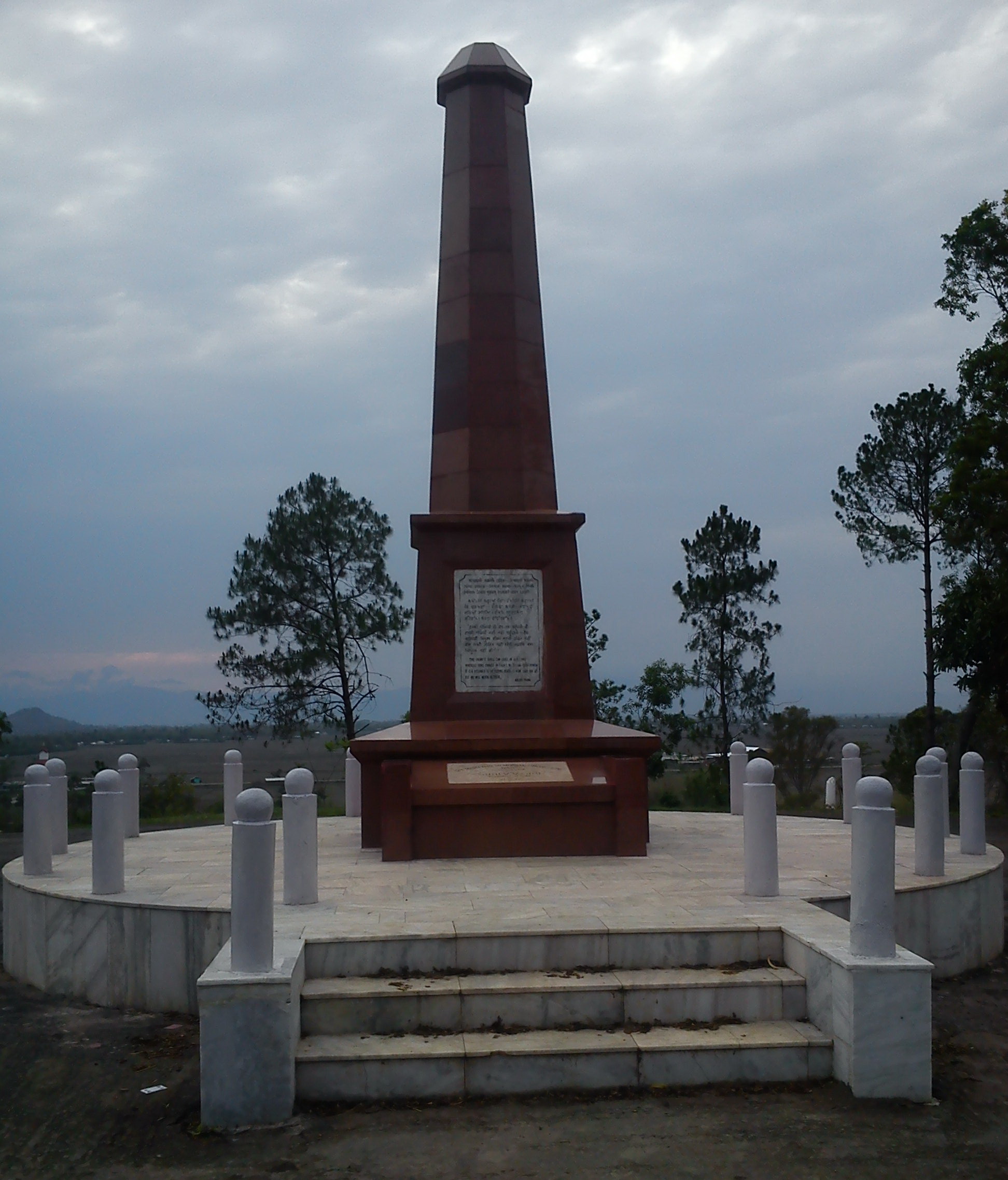The Kaina Temple and its Sacred Jackfruit Tree represent a profound intersection of mythology, spirituality, and historical narrative within Manipur's rich cultural landscape. Nestled on Kaina Hill, this site embodies a remarkable tale of divine intervention and royal vision that transcends mere geographical significance.
King Bhagya Chandra, a pivotal figure in 18th-century Manipuri history, plays a central role in this mythological narrative. According to sacred traditions, he received a divine dream commanding him to carve seven images of Lord Krishna from a specific jackfruit tree. This supernatural encounter transformed an ordinary tree into a site of immense religious importance, symbolizing the deep spiritual connections inherent in Meitei Hindu mythology.
The archaeological and cultural significance of this location extends far beyond its immediate religious context. The site represents a complex tapestry of historical interactions between spiritual beliefs, royal leadership, and cultural preservation. The carved Krishna images became not just religious artifacts but powerful symbols of cultural identity and spiritual resilience for the Manipuri people.
Architecturally and culturally, the Kaina Temple exemplifies the intricate relationship between religious spaces and historical memory in Manipur. The temple's construction and the preservation of the Sacred Jackfruit Tree reflect a deliberate effort to maintain spiritual continuity and commemorate profound mythological experiences. Each carved image tells a story of divine communication and human devotion.
The broader historical context of Manipur during this period was equally complex. King Bhagya Chandra's reign was marked by political challenges, including periods of exile and strategic negotiations with neighboring regions like Assam and Burma. Yet, his spiritual vision remained a constant, transforming potential political vulnerabilities into opportunities for cultural reinforcement.
Artistic traditions also flourished around this mythological narrative. The Ras Lila, a mystical dance form depicting Krishna's divine adventures, emerged during this period under the guidance of Guru Swarupanand. This performance art became another medium through which the spiritual experiences surrounding the Sacred Jackfruit Tree were communicated and celebrated.
In contemporary times, the Kaina Temple and its associated site represent more than a historical landmark. They serve as critical cultural heritage points, attracting scholars, pilgrims, and tourists interested in understanding the intricate spiritual and historical fabric of Manipur. The site continues to embody the enduring power of mythological narratives in shaping collective memory and cultural identity.
Modern preservation efforts recognize the site's multifaceted significance. Archaeological studies, cultural documentation, and heritage conservation initiatives ensure that the stories embedded in the Sacred Jackfruit Tree and its surrounding temple remain accessible to future generations, maintaining a living connection between ancient mythology and contemporary cultural understanding.




